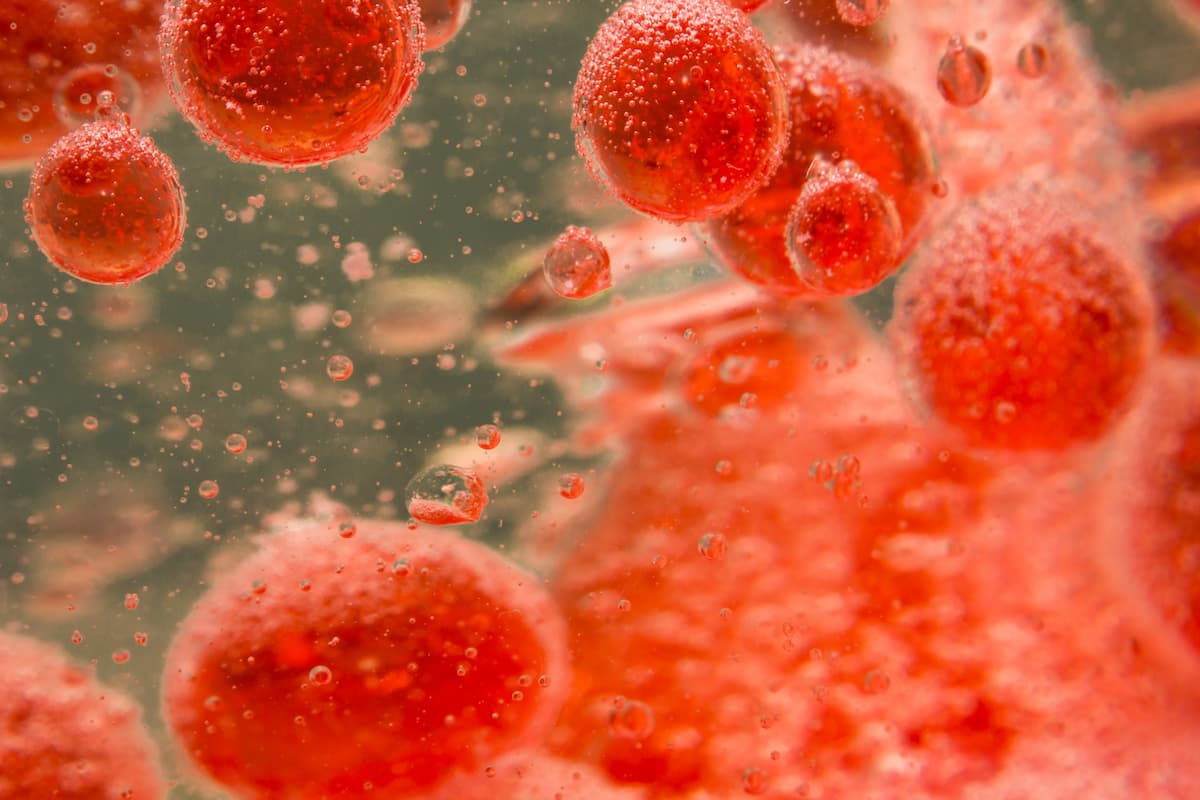HDP-101 Demonstrates Preliminary Efficacy in R/R Multiple Myeloma
Investigators anticipate launching the dose-expansion portion of the phase 1 HDP-101-01 trial in 2025.
HDP-101 produced significant preliminary efficacy and a manageable toxicity profile among patients with relapsed/refractory multiple myeloma, according to findings from the phase 1 HDP-101-01 trial.

The investigational anti-BCMA antibody-drug conjugate (ADC) HDP-101 produced significant preliminary efficacy and a manageable toxicity profile among patients with relapsed/refractory multiple myeloma, according to findings from the phase 1 HDP-101-01 trial (NCT04879043) presented at the 21st Annual International Myeloma Society Meeting and Exposition.
In cohort 5, in which patients received HDP-101 at 100 μg/kg, 5 of 6 patients experienced decreasing paraprotein percent changes from screening. Additionally, 3 had a partial response (PR) or better, and 1 was reported to experience a complete response (CR). A swimmer plot showed that the responses among patients in cohort 5 appeared to be durable.
As part of demonstrating the potential utility of this investigational compound, presenter Marc Raab, MD, PhD, a professor of medicine at University Hospital Heidelberg in Germany, discussed outcomes related to a specific patient case. This case involved a 70-year-old patient with multiple myeloma since 2002 and 9 prior lines of therapy, including transplant, immunomodulatory drugs, proteasome inhibitors, daratumumab (Darzalex), and ADCs.
After initiating treatment with HDP-101 in December 2023, the patient had a PR in cycle 2 before experiencing a CR in cycle 11. Additionally, treatment appeared tolerable in this patient as no adverse effects of special interest (AESIs), dose-limiting toxicities (DLTs), or serious AEs occurred; apart from grade 3 thrombocytopenia in cycle 1, other toxicities were generally mild.
“At [100 μg/kg] every 3 weeks, [HDP-101] demonstrated in penta-refractory multiple myeloma an overall response rate of technically 50%, with 3 responding patients of 6 in this dose cohort,” Raab said in the presentation.
The phase 1 trial will proceed with additional schedule-modified dose-escalation cohorts, Raab said, adding that a dose-expansion portion is anticipated to launch in 2025.
Raab highlighted that challenges persist in the relapsed/refractory multiple myeloma field, necessitating the development of additional novel therapeutic options for patients. Although new agents have become available in the field, unmet medical needs remain for patients with relapsed/refractory disease who have exhausted currently approved therapies.
Investigators designed HDP-101 using a fully synthetic manufacturing process. Preclinical data with the agent have shown anti-myeloma effects at pM concentrations and the ability to overcome prior drug resistance, with no known ocular toxicity and instances of liver toxicity occurring only at very high doses. Compared with conventional ADCs and other standard-of-care options, HDP-101 may overcome resistance via antigen escape by targeting cells with ultra-low antigen expression, show efficacy in resting or non-proliferative myeloma cells, and demonstrate increased sensitivity in myeloma cells with 17p deletions or deficiency in POLR2.
In the dose-escalation portion of this phase 1 trial, patients were assigned to receive HDP-101 intravenously every 3 weeks at varying dose levels. Evaluated dose levels include 20 μg/kg (n = 2), 30 μg/kg (n = 2), 60 μg/kg (n = 4), 80 μg/kg (n = 4), and 100 μg/kg (n = 6). End points in the dose-escalation portion of the trial include safety, maximum-tolerated dose, recommended phase 2 dose, pharmacokinetics, and pharmacodynamics.
Of 18 evaluated patients, the median age was 75 years (range, 60-79), and the median lines of prior therapy was 6 (range, 2-14). Most patients were male (60%) and all had triple-class exposed disease. Investigators noted that 44% of patients had penta-class exposed disease, while 38% received prior treatment with any BCMA-ADC, bispecific T-cell engager, or CAR T-cell therapy.
Common any-grade and grade 3/4 treatment-emergent AEs, respectively, included thrombocytopenia (56% vs 39%), arthralgia (33% vs 0%), anemia (33% vs 22%), fatigue (28% vs 0%), and neutropenia (22% vs 17%). Investigators observed no signs of ocular or renal toxicities, infusion reactions, myelosuppression, or severe liver damage following study therapy. Data showed 3 DLTs, which occurred exclusively in cohort 5 and were associated with short-term, transient thrombocytopenia that resolved spontaneously.
Following this AE, DLT rules were modified for thrombocytopenia and investigators developed new dose optimization strategies.
Reference
Raab MS, Kaufman JL, Richards S, et al. HDP-101-01: first-in-human, phase 1 A clinical trial for relapsed/refractory multiple myeloma patients: interim results. Presented at the 21st Annual International Myeloma Society Meeting and Exposition; September 25-28, 2024; Rio de Janeiro, Brazil. Abstract OA-60.
Newsletter
Stay up to date on recent advances in the multidisciplinary approach to cancer.